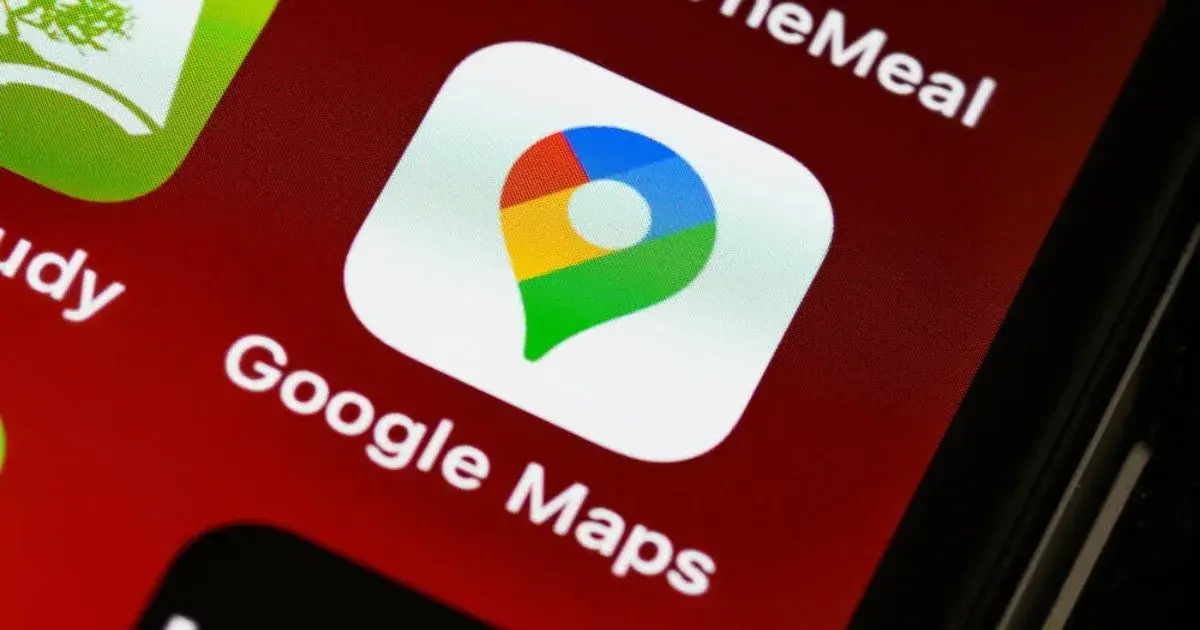Google Maps, the ubiquitous navigation app from Google, is constantly evolving to improve the user experience. In addition to its core functionality, Google regularly introduces new features to make navigating the world easier and more informative. Recent examples include filters to identify charging stations, highlighting streets for greater clarity, and a modernized interface for the Android version.
Google Maps gets a boost with immersive geospatial AR content
At the recent developer conference, Google unveiled another exciting addition: geospatial augmented reality (AR) content integrated directly into Google Maps. Let’s dive deeper into this innovative feature.
Unveiling a New Dimension in Navigation: Geospatial AR
Google is pioneering a pilot program that brings geospatial AR content to life on Google Maps. This program, initially limited to Singapore and Paris, allows users to experience interactive AR overlays on their mobile devices through the Street View and Lens features. By simply searching for a specific location, users can discover if AR content is available. If a nearby location supports AR, all they have to do is tap the “AR Experience” icon and raise their phone to see the immersive overlay.
This innovative feature does not require physical presence at the venue. Users can explore AR experiences from a distance using Street View, offering a virtual window to distant destinations. Google also makes it easy to share these experiences with friends and family by providing deep link URLs or QR codes that can be shared on social media platforms.
Looking to the future: details of the pilot program
The pilot program, scheduled to launch by the end of 2024, will last six months in collaboration with the cities of Singapore and Paris. This initial phase focuses on demonstrating the potential of geospatial AR. In Singapore, users can embark on a fascinating journey through iconic landmarks such as Chinatown and Gardens by the Bay. With AR overlays enriching their virtual exploration.
Gizchina News of the week
Parisians, on the other hand, can use AR to take an astonishing step back in time. Imagine witnessing the vanished national pavilions of the 1900 World’s Fair along the Seine or viewing unrealized modifications to the design of the Eiffel Tower. These initial experiences offer a glimpse into the historical and cultural possibilities of geospatial AR.
While initial deployment is limited, the potential for expansion is significant. Following the success of the pilot program, Google is likely to expand its reach. Including more cities and regions around the world. However, specific details regarding the schedule for this expansion remain undisclosed.
The wider implications of geospatial AR
The integration of geospatial AR into Google Maps represents a significant leap forward in the navigation experience. It goes beyond simple directions, turning the Maps into a platform which encourages a deeper engagement of users with their surroundings. AR overlays can provide historical context, enhance cultural understanding, and even offer hands-on information about points of interest.
For example, imagine exploring a museum with Google Maps and encountering AR overlays that show detailed information about specific exhibits or highlight hidden artistic elements. Geospatial AR has the potential to revolutionize the way we navigate and interact with the world around us.
Looking ahead: A future full of possibilities
The geospatial AR pilot program in Google Maps marks a promising step towards a more immersive and interactive navigation experience. With its ability to overlay virtual information onto the real world, this technology opens up a range of exciting possibilities. From historical and cultural studies to practical applications in various sectors, geospatial AR has the potential to transform the way we interact with and understand our surroundings.
As Google continues to refine and expand this technology, we can expect even more innovative features and functionality to emerge. This pilot program serves as a springboard for a future where navigating the world involves not just getting from point A to point B. But also experiencing the richness and depth of our surroundings in a whole new light.








